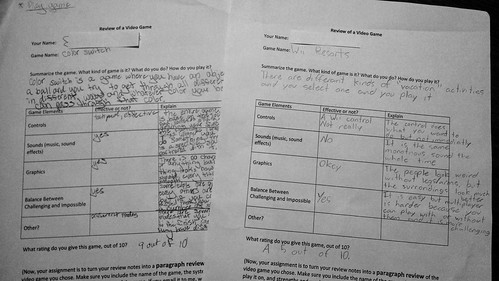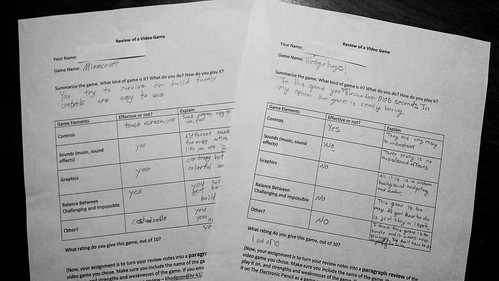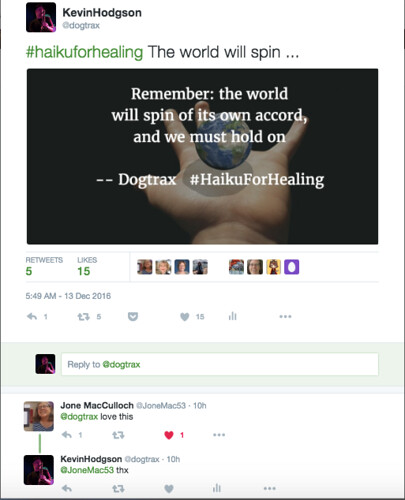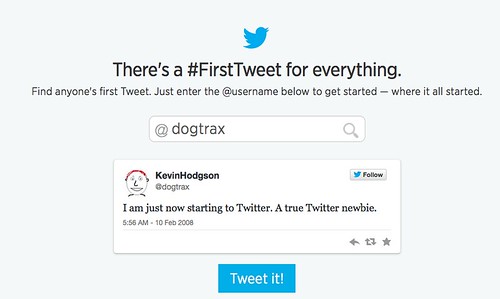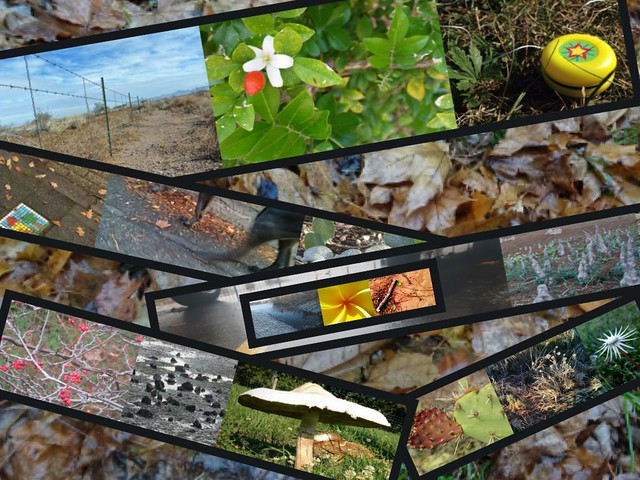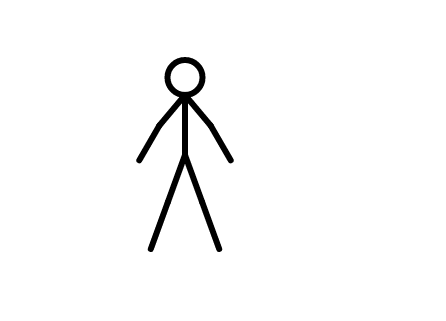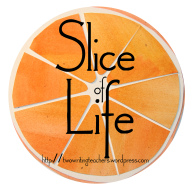 (This is a post for Slice of Life, a regular writing activity hosted by Two Writing Teachers. We write about the small moments. You are invited. Come write with us.)
(This is a post for Slice of Life, a regular writing activity hosted by Two Writing Teachers. We write about the small moments. You are invited. Come write with us.)
Eight years ago, we showed the first inauguration of Barack Obama to our sixth graders, live, and we got an angry call the day of the event from a father, who demanded we pull his child from the viewing. There were less-than-subtle racist overtones to the request.
I am trying to spark a conversation with my colleagues and administration over the question: do we show the inauguration ceremonies of Donald Trump next month to our sixth graders?
I even asked teachers on Twitter. Granted, the pool of contributors was small, but indicative. Or maybe it is more indicative of my “echo chamber” of friends in social media. But, I lean towards the “yes” — it’s an event related to a presidency race that we followed and wrote about all fall, and I teach in a town that voted nearly 50/50 Trump/Clinton in November.
I can put aside my own personal feelings (mostly) and view it as a learning experience (somewhat) and let my young students see how the transfer of power happens. I would be cringing the entire time, to be frank. But I could pull it off. I am a professional.
Then my wife, who is an administrator at a high school, noted that her school is also in similar discussions, but their fear over showing the event live to all students is that something disruptive or violent will happen during the live event, and there will be no way to filter the experience.
I hadn’t thought of that. I didn’t want to think of that. I don’t want to think of that. But I guess I have to. Sad, right? For now, I am leaving the decision in the hands of the administration, and seeing what their take on the matter will be.
One option is to let students “opt in” to watch the ceremonies and provide an alternative to those who don’t want to see it (but then we will be dividing up our student population by politics, I fear). Another is to show an edited version on the following Monday (the ceremony is on a Friday), which might be the more restrained approach.
What are you going to do? Why?
Peace (is always needed),
Kevin



